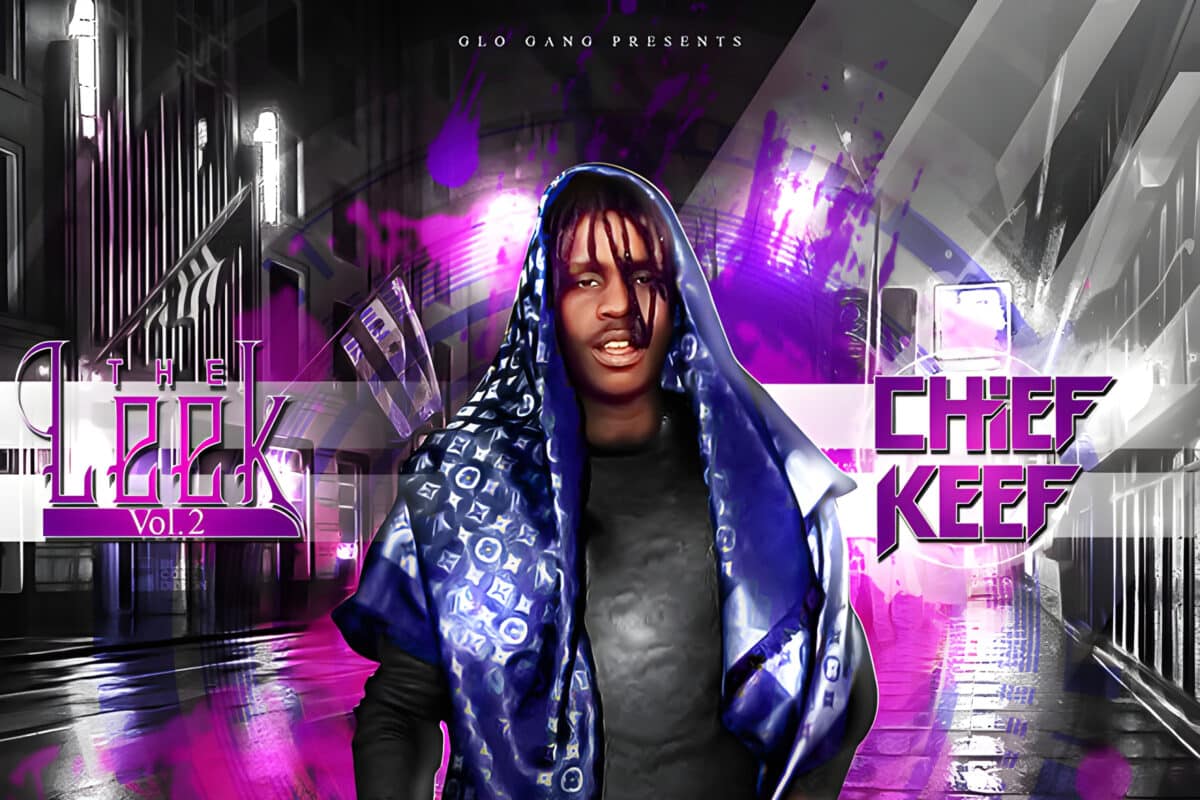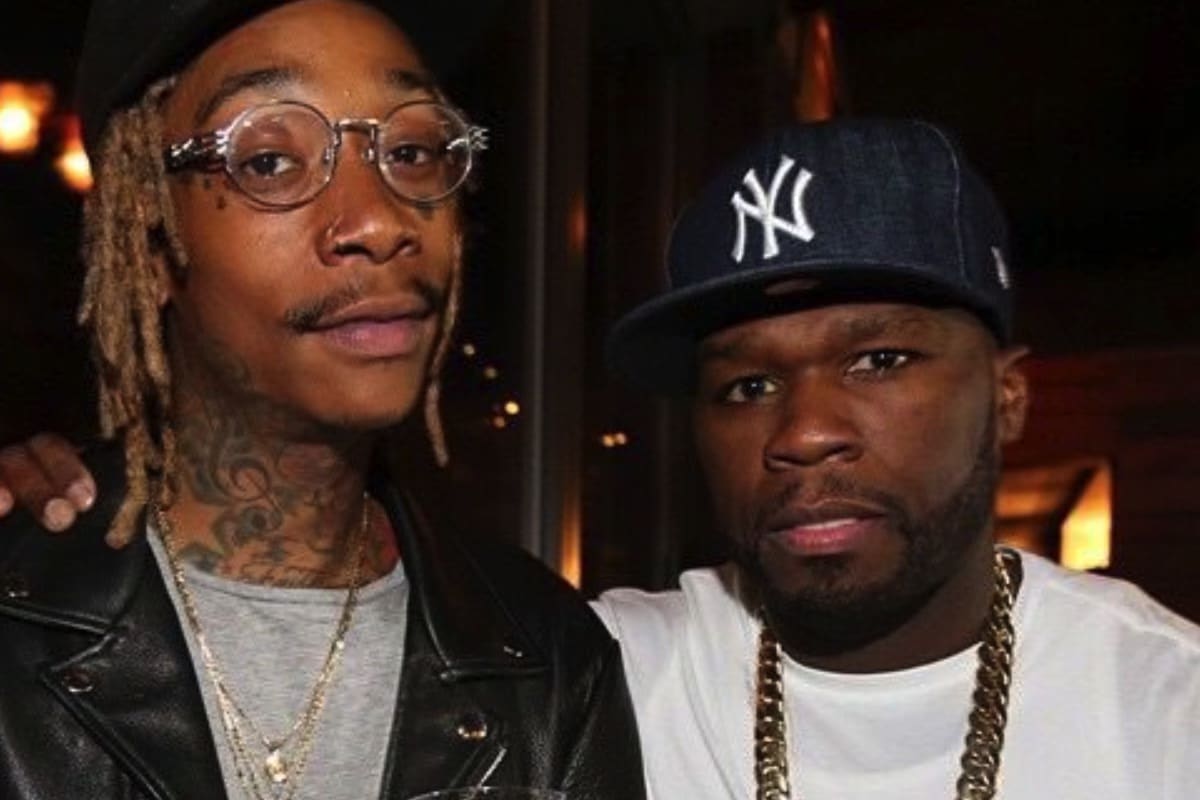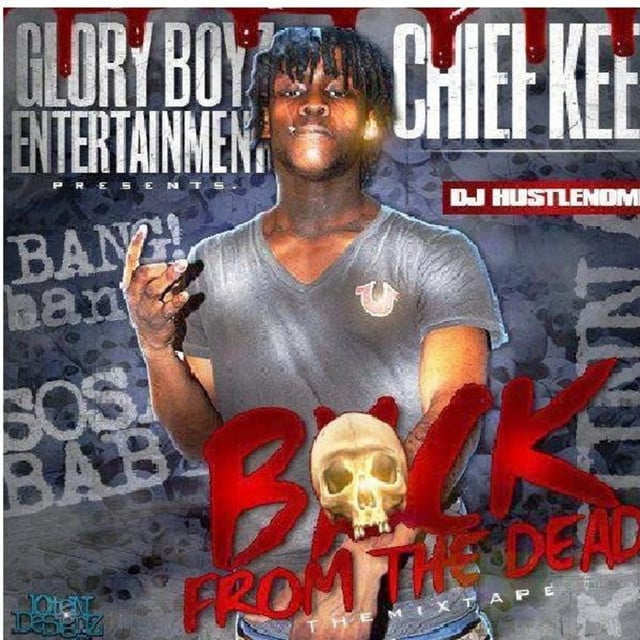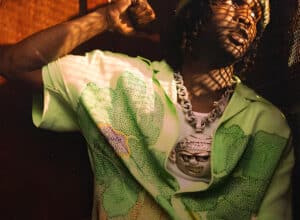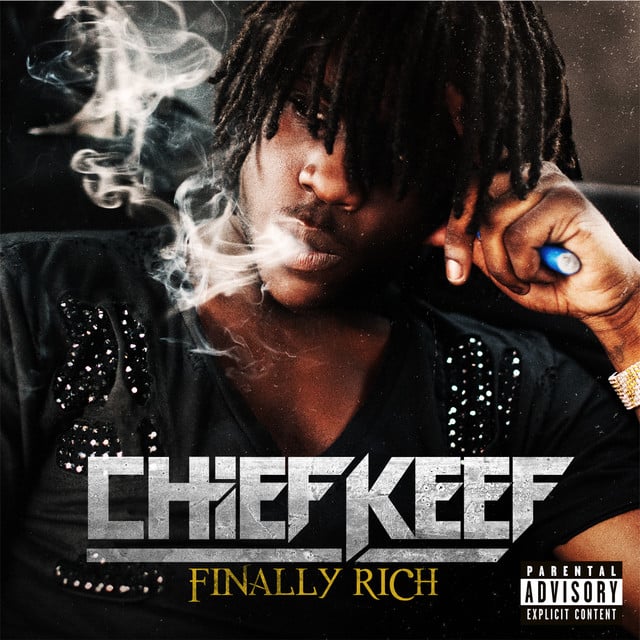Released: 2015
In Chief Keef’s song “Emojis,” the central theme revolves around the superficiality and disconnect of modern digital communication, particularly through the use of emojis. It portrays the transactional and often shallow interactions in personal relationships that occur in a technology-driven age, emphasizing the impersonal nature of communication through symbols instead of words. Chief Keef underscores the irony and triviality of relying on emojis for emotional expression.
The song kicks off with the mention of “ProtegeBeatz” and “YearBeatz,” which signifies the production team’s work, establishing the sonic atmosphere. The repetition of emojis serves as the song’s hook, reinforcing how communication in relationships is reduced to these small digital images. Chief Keef uses emojis as a metaphor for avoiding deep conversations, hinting at an emotional detachment prevalent in the digital age.
Chief Keef’s first verse is an immediate dismissal of deeper connection as he tells someone not to call his phone. The line “Since that bitch like emojis, she like to text emojis” signifies a character who is fixated on this type of shallow communication, which Chief Keef does not seem to value. His lack of interest is evident when he states he responds to a long message with just an emoji, portraying a disdain for unnecessary conversation.
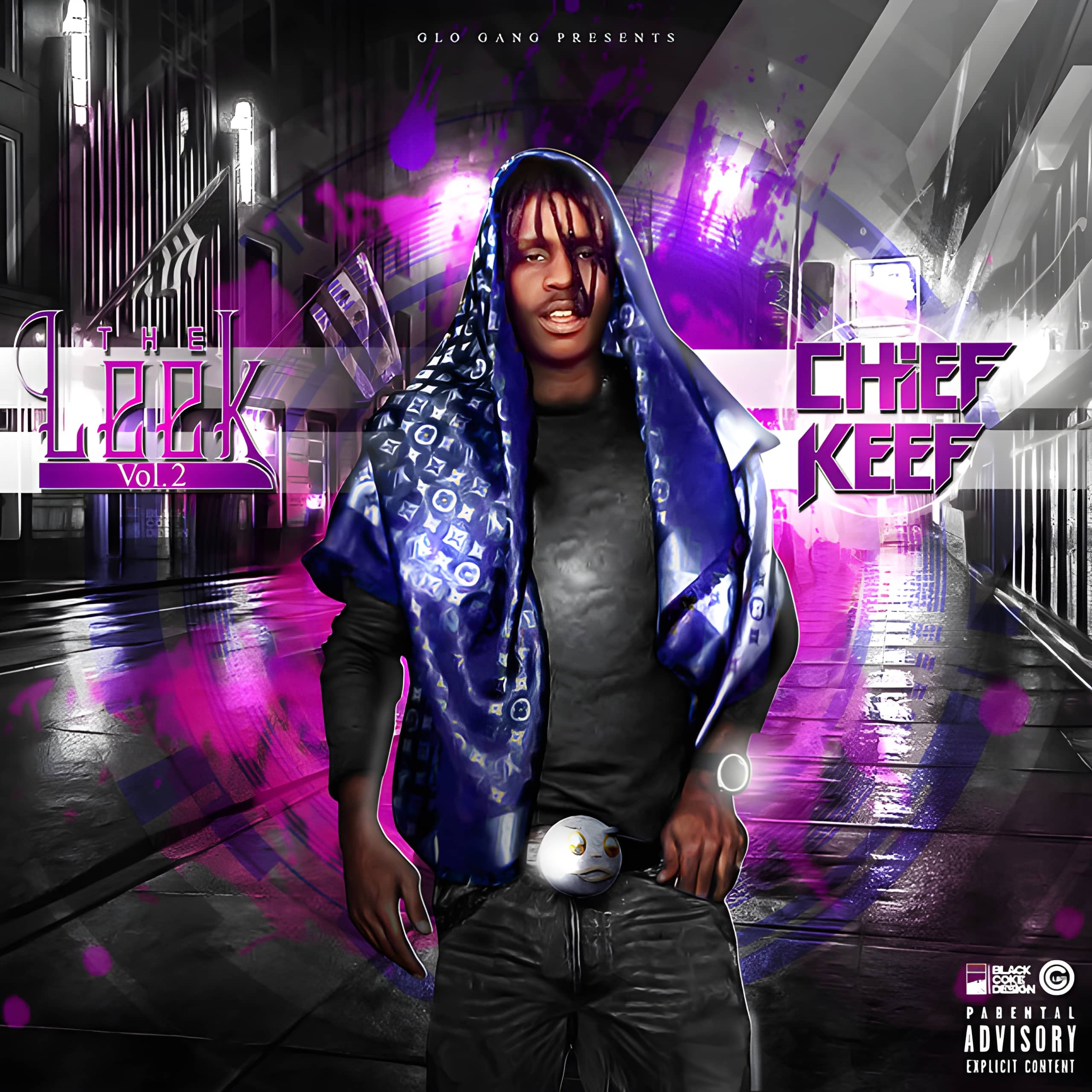
He continues with a touch of humor and a dash of self-reflection by likening a woman to macaroni that he doesn’t like or want her to make for him. This could suggest distaste or disinterest in traditional roles or gestures in relationships. He laments creating a song that brought her into his life, suggesting a regret over past decisions that attract certain people.
Throughout, there’s a clear metaphorical association with the basketball legend Kobe Bryant, with lines like “Ballin’ hard, bitch, I’m Kobe.” Here, he draws parallels between his own prowess and success to that of Kobe’s legendary status. This also juxtaposes with the idea that people in his life aren’t meeting his standards or living up to their supposed status or role.
When Chief Keef refers to “you nosey,” he’s warning someone not to interfere in his personal affairs. He expresses the feeling of being overwhelmed and needing space by simply not engaging in a conversation, favoring emojis instead of direct confrontation or discussion. It emphasizes how the intrusion into personal privacy is unwelcome.
The chorus repetitively features the word ’emojis,’ signifying both an obsession and critique of using emojis as a substitute for meaningful interaction. By constantly mentioning how much people in his circle are using them, he’s underscoring the gap between true feelings and digital communication. This acts as a reminder of how people lean towards emojis instead of opening up.
As the song progresses, Chief Keef paints a vivid picture of a lifestyle that’s detached from traditional conversation, replaced by symbols and signs, indicative of a broader commentary on millennial and Gen Z communication methods. His interaction with “hoes” or women shows how impersonal exchanges have become in the era of smartphones and texting.
Chief Keef goes further to comment on the impersonal nature of these digital symbols, when he mentions sending back emojis instead of reading essays or lengthy texts. He embraces emojis not only as a convenience but as a means to mask true emotional engagement. In doing so, he challenges listeners to consider what genuine connection really means in a digitized world.
In the concluding verses, there’s an emphasis on Chief Keef’s lifestyle choices—how the use of emojis reflects his laid-back, almost detached demeanor, underscoring a generational shift in communication preferences. Ultimately, “Emojis” not only reflects a catchy and contemporary rhythm but serves as a satirical take on how interpersonal connections have evolved—or devolved—in modern times.
